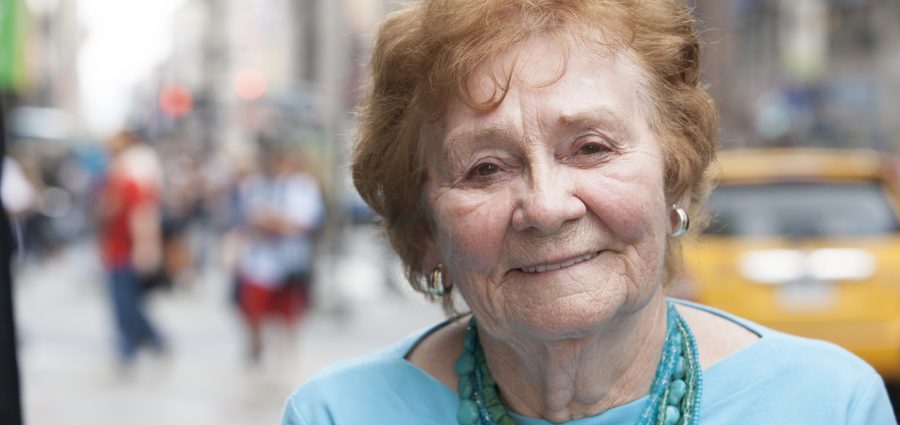The New York City Department for the Aging (NYC Aging) unveiled the results of its latest Service Needs Assessment, charting a bold course for the city’s future as the population of older adults grows rapidly and becomes increasingly diverse. Officials stressed that this is a defining moment for aging services, with opportunities to create a city that truly works for people of all ages.
Overview and Purpose
In its 50th anniversary year, NYC Aging is doubling down on its vision for an age-inclusive city — one where universal design, community-based care, and culturally tailored programs ensure dignity and opportunity for every older New Yorker.
I sat down with Commissioner Lorraine Cortés-Vázquez to discuss the survey results and the department’s strategy for the years ahead. She emphasized the urgency: “If this city works for older adults, it works for everyone. An age-inclusive city is a city that truly works for all.”
Survey Design and Reach
The Service Needs Assessment was built with:
· Internal working groups and subject matter experts
· External stakeholder review
· Data from secondary sources
It was offered in 11 languages, including English, Spanish, Chinese, Arabic, Haitian Creole, Bengali, Russian, Polish, Korean, French, and Urdu. Both online and paper versions were available, with 35 core questions plus 13 optional items, taking 15–20 minutes to complete.
The survey drew 8,600 responses, including 7,130 older adults and 4,799 caregivers across every borough — a rich, representative portrait of New York City’s aging landscape.
Key Findings
· Social Isolation – Many respondents reported loneliness, anxiety, or depression. Nearly one-third were interested in volunteering but had not yet engaged.
· Caregiving – Half were caring for someone else, often while working or raising families. Many did not see themselves as “caregivers,” yet they form an “invisible workforce” worth an estimated $1.7 billion annually.
· Financial Stability – Four in ten struggled to pay at least one bill. Most live on fixed incomes, defying stereotypes about older adults being either affluent or impoverished.
· Housing – One in four lacked stable housing. Accessibility, safety, and a vacancy rate under 1% compound the challenge. Programs like SCRIE (Senior Citizen Rent Increase Exemption) provide crucial relief.
· Health & Safety – 15% reported being victims of abuse or crime, but only 40% of incidents are reported — often because the abuser is known to the victim.
Community Care Over Institutions
Leaders reaffirmed their commitment to a community care model, citing quality-of-life benefits and cost savings: $58,000 per year for community-based care versus $185,000 for institutional placement.
Equity in Language and Culture
With most older New Yorkers identifying as non-white and many speaking languages other than English, NYC Aging enforces language-access rules: if 20% of a community speaks a certain language, senior centers must offer services in that language.
Recent Initiatives
· Cabinet for Older New Yorkers – 27 agencies collaborating to integrate aging perspectives into all city services.
· Senior Liaisons in Every Precinct – NYPD officers trained to assist older adults.
· Aging Curriculum in Schools – Programs in middle and high schools to fight ageism.
· Hospital Partnerships – Training hospital staff to connect discharged patients with community resources.
Looking Ahead
The department will release targeted briefs in the coming months, highlighting the needs of specific populations and service areas. Officials are committed to working with both mainstream and ethnic media to ensure information reaches every community.
For more information, visit the NYC Department for the Aging website, where you will find service locators, program guides, and even the department’s own podcast.
Featured image credit: DepositPhotos.com








